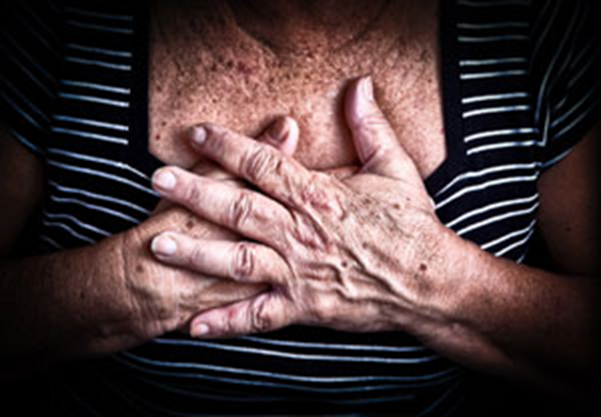Being admitted to the hospital can be a scary and overwhelming situation for both patients and families. For long-distance caregivers that fear is exacerbated by our inability to physically be on hand to adequately determine whether the care plan truly meets our loved one’s need.
My readers may remember the deep concern I experienced over the past year regarding the standard of care for my aunt, who resided in a nursing home hundreds of miles from me.
Through that experience I learned about a national organization that provides professional health advocates that can oversee care of a loved one and bridge gaps in communication. That organization is The Alliance of Professional Health Advocates. Information is available at http://www.APHAdvocates.org.
You may be unable to easily connect with a patient advocate. However, a local member of this organization in Columbus, Ohio offers a three-step approach to hospital safety. I hope you may find the following suggestions helpful for yourself or a loved one on what you can do to maintain some control and be safe during hospitalization.
Step #1: Be Organized
Just as you would prepare for a presentation, sales call or board meeting, patients and families should prepare for a hospitalization or appointment by getting organized.
This means assembling all of the information you may need to access in one place, such as a folder, notebook, or on a device. The information may include:
- the patient’s medical records
- any advanced directives
- medications and allergies
- current providers and their contact information
- the conditions the patient is being treated for
Additionally, take the time to write down the questions you have before meeting with your physician or medical team. This will ensure you won’t forget what you want to ask, if the conversation gets sidetracked or the appointment is rushed.
Being organized is especially important if your hospitalizations or appointments are taking place in multiple health care systems.
Step #2: Be informed
Make sure you have a clear understanding of your diagnosis and treatment. If you don’t understand something, don’t be afraid to dive deeper to get the answers you are looking for. If possible, ask another medical professional such as a nurse or physician extender (nurse practitioner or physician assistant).
If you decide to research your diagnosis and treatment options on the Internet, visit reputable sites such as the Cleveland Clinic, Mayo Clinic or Web MD. Confirm any information you learn with your doctor to make sure you understand everything correctly.
#3: Be empowered
Don’t let the situation intimidate you or prevent you from understanding your options. It’s your right to be informed, ask questions, and get second opinions. If you don’t feel comfortable doing this yourself, it may be helpful to have someone else at the bedside or appointment with you, such as a spouse, adult child, or family member/friend with a medical background. This is your health and your life, and the providers are there to help you. So speak up if you need clarification or something doesn’t make sense.
And if you don’t have someone in your life that is comfortable taking on that role, a patient advocate can help. Guided Patient Services was formed for this exact situation — to help patients understand, get clarification and choose their best treatment option.
If you are facing a medical appointment or hospital stay and have questions about the role a patient advocate might play, please contact one of these organizations: Guided Patient Services, Owner/Advocate Dr. Annette Tioras, MD, email: annette@gpscolumbus.com, http://www.GPScolumbus.com; or The Alliance of Professional Health Advocates, http://www.APHAdvocates.org.



